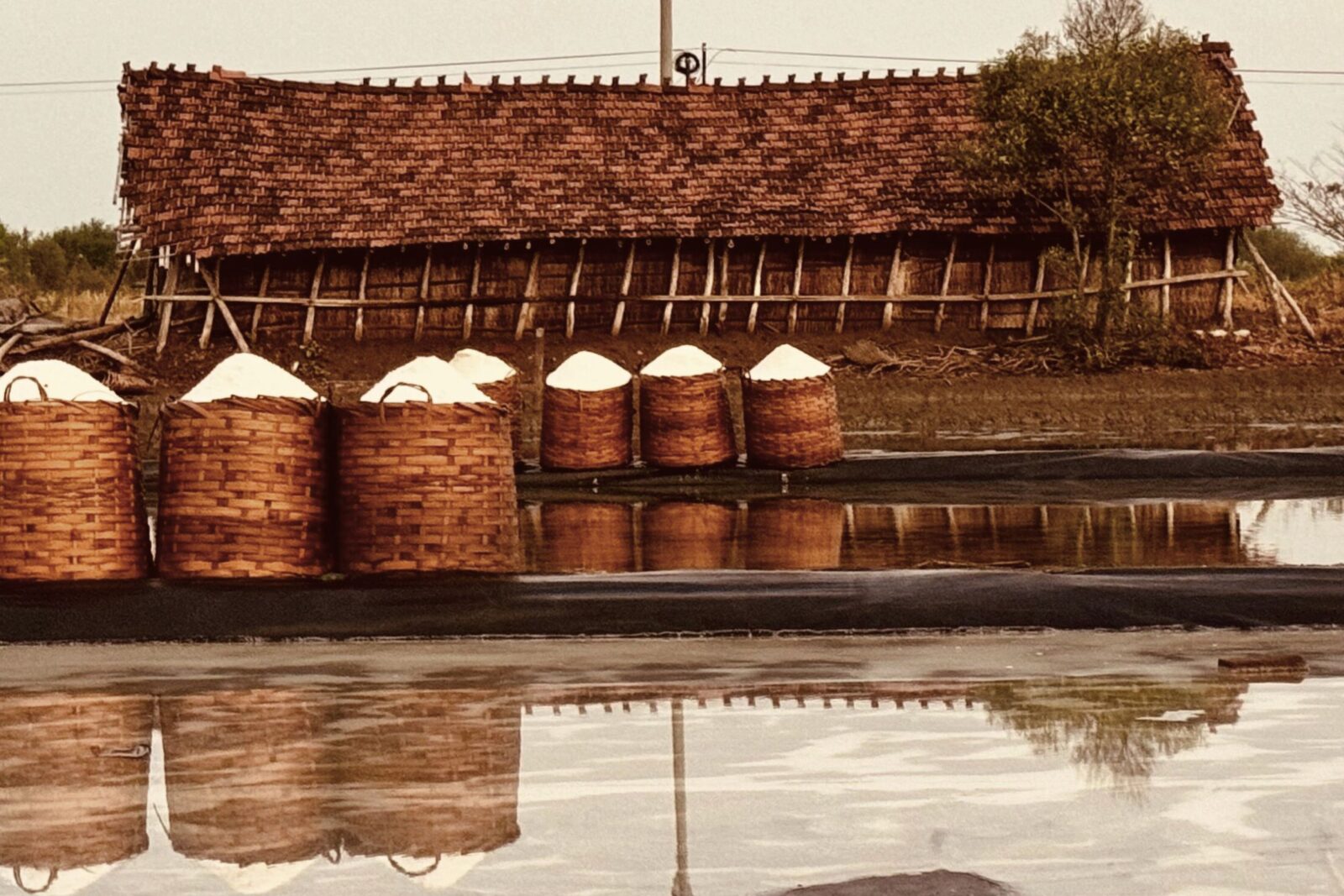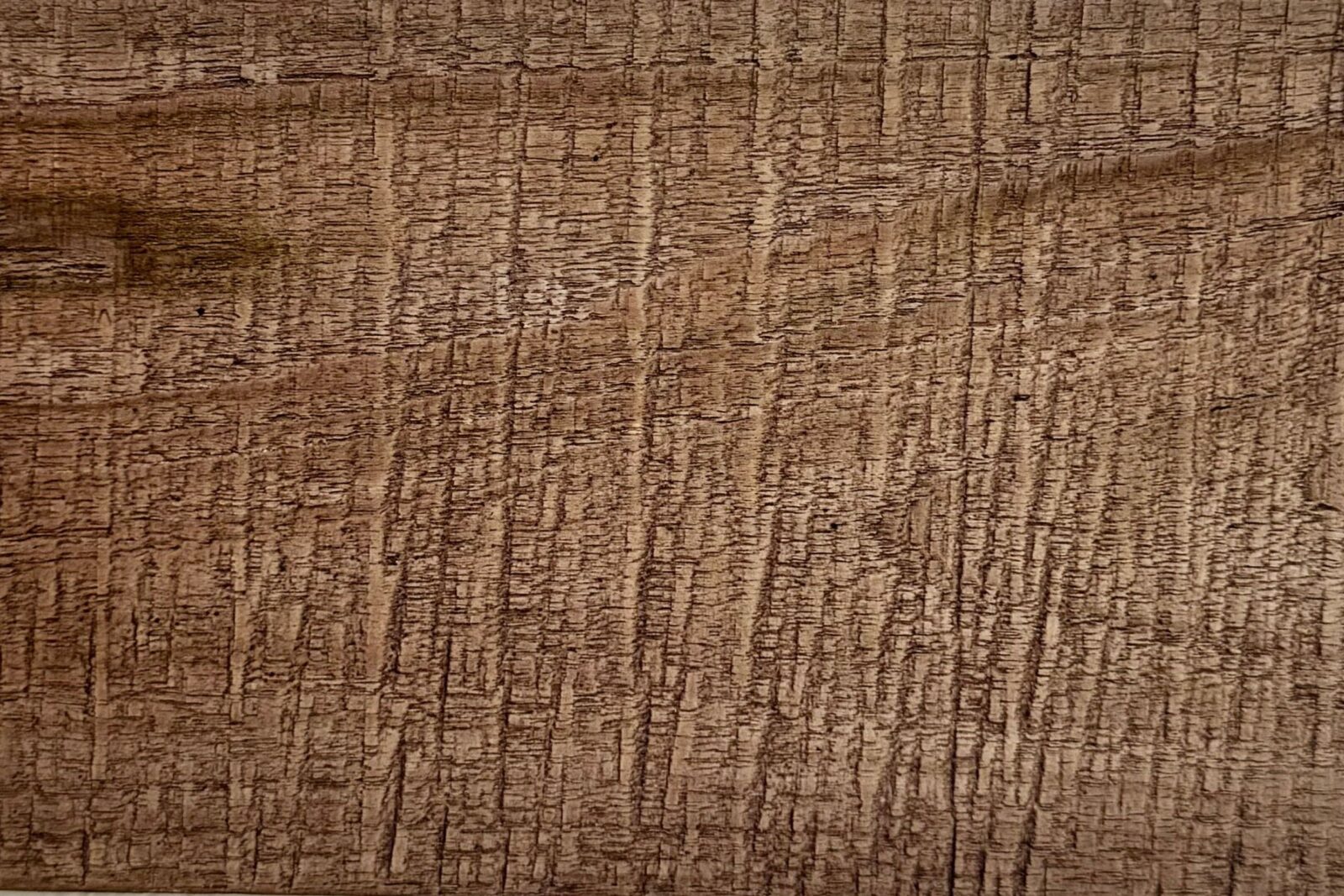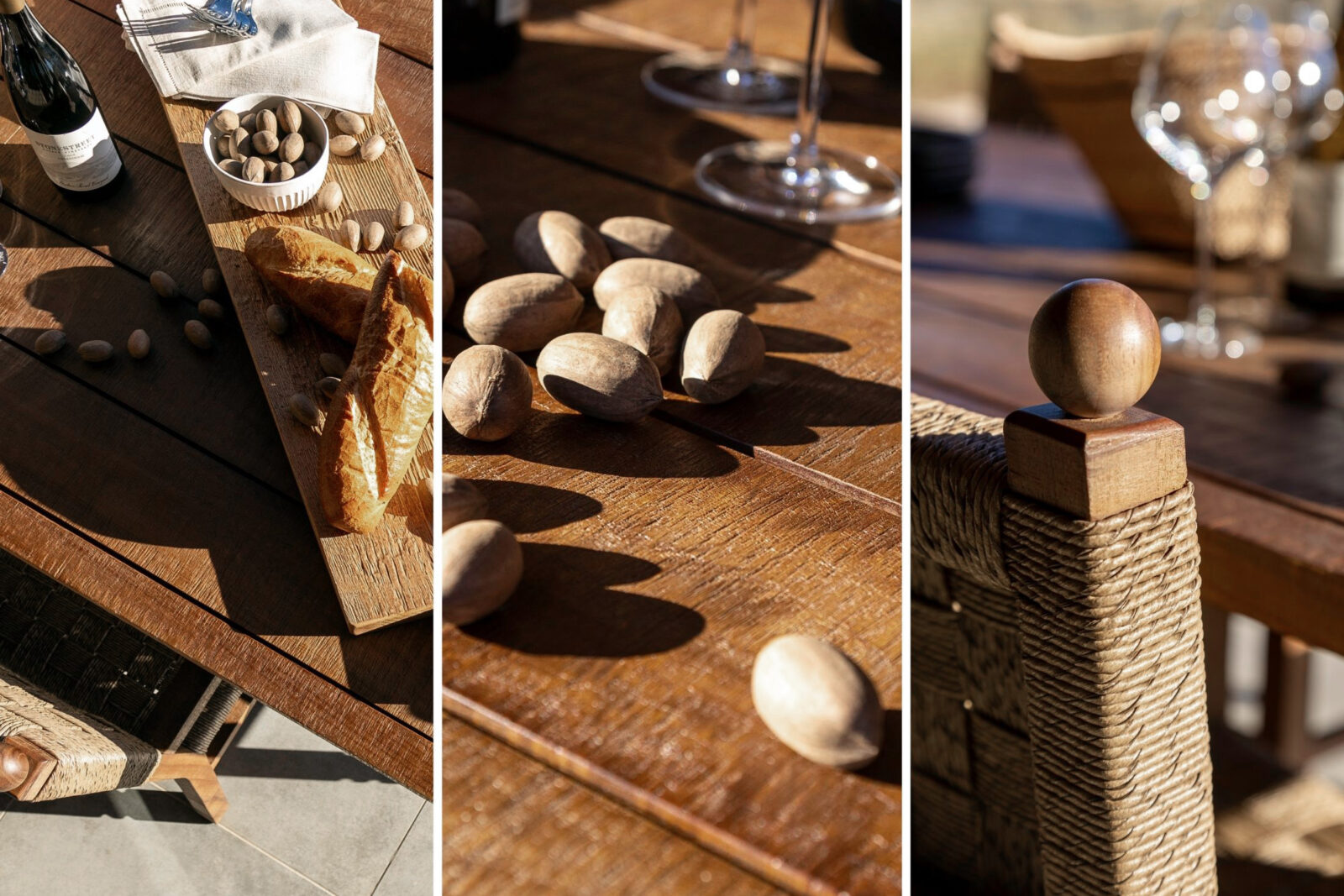The scent of salt lingers in the air as the first light of dawn stretches across the salt flats of Java. Thin, delicate layers of water shimmer like glass, reflecting the sky in hues of gold and pink. In the distance, quiet figures move with practiced ease, raking the crystallized salt into perfect rows—just as they have for generations. Here, in this land of slow mastery and patient hands, another craft is unfolding.

A little further inland, the rhythmic creak of bamboo looms and the gentle hum of voices fill the air. This is where Vaterra’s woven artistry begins—not in a factory, but in the hands of Javanese master weavers whose skill is as much a part of the landscape as the towering teak forests. Here, beneath the shade of a thatched roof, strands of Viro® rattan take shape, moving through skilled fingers with an elegance that machines could never replicate. This is not just weaving—it is an inheritance, a language, a form of devotion.
The Legacy of Handwoven Craftsmanship
To the untrained eye, rattan weaving may seem simple—an interlacing of materials, a pattern, a method. But to those who have spent their lives refining this skill, it is a deeply intuitive art, one that relies on touch, tension, and time-honored tradition. Vaterra’s woven elements are not mass-produced; they are sculpted by hands that understand the material, that feel its natural elasticity, that respect its origins.
Every strand of Viro® synthetic rattan is hand-selected, ensuring uniformity in strength yet organic fluidity in form. Unlike natural rattan, which can dry and crack over time, Viro® has been designed for endurance, mirroring the aesthetic and texture of traditional rattan while offering superior resilience against the elements. But technology alone does not make it beautiful—human hands do.
Here’s what makes Vaterra’s weaving exceptional: Mastery Passed Through Generations: Weaving is not a learned trade here—it is an instinct. Passed down from mother to daughter, father to son, these patterns and techniques are embedded in the cultural fabric of Java. The Dance of the Hands: No machines dictate this process. Each weaver moves in rhythm, ensuring that the rattan is neither too tight nor too loose, that it breathes, that it adapts. The Art of Perfection in Imperfection: Mass-produced weave looks static, mechanical. The human hand creates a subtle variation, a nuance that brings authenticity and soul to each piece. Designed for Indoor, In-Between, and Outdoor Living: Unlike natural rattan, which breaks down over time, Vaterra’s handwoven Viro® is resistant to UV rays, moisture, and wear—meaning the craftsmanship of today lasts for decades to come.

A Day in the Atelier: The Birth of Vaterra’s Woven Masterpieces
A warm breeze drifts through the workshop, carrying the scent of drying teak and fresh mangoes from a nearby vendor. The weavers sit in clusters, their fingers moving methodically, speaking in a quiet rhythm as they work. Some hum, others pause only to sip thick Javanese coffee, its aroma bold and grounding. The air here is alive with tradition—an unspoken understanding that this craft is more than just labor. It is a dialogue between artisan and material, a conversation between past and present.
Weavers begin with a sturdy teak frame, its edges smooth, its joints strong. They examine it carefully before threading the first strands of Viro® rattan, each piece moving under and over, forming the foundation of the pattern. Their fingers glide with a confidence that only decades of experience can bring.
“You must listen to the weave,” one weaver says, adjusting a strand with a sharp tug. “If it is too tight, it will snap. If it is too loose, it will sag. You must find the balance.”
It is this balance that makes Vaterra’s pieces truly exceptional—not too rigid, not too soft, but just right, forming the perfect cradle of support and comfort.

The Art of Slow Luxury
In a world where speed defines production, true luxury remains in the art of patience. Vaterra’s woven elements take time—not because they have to, but because they should. Like the slow crystallization of salt on Java’s coastal flats, or the meticulous planting of legal teak forests, this process is about precision, intention, and respect.

The world’s finest objects—aged wine, hand-stitched leather, bespoke tailoring—are not rushed. They are carefully nurtured, shaped, and perfected over time. Vaterra belongs to this lineage of slow luxury—where craftsmanship is not about efficiency, but about excellence.
The result? A woven masterpiece that invites you to linger, to lounge, to experience furniture as more than an object, but as a story, a legacy, a tangible form of human artistry.

Next in the Vaterra Journal: “The Comfort Cradle—How Vaterra Redefines Outdoor Seating”
With its masterful weaving now fully realized, the next evolution of Vaterra’s design comes to life: comfort engineering like no other. In our next journal, we explore the innovation behind Vaterra’s Comfort Cradle Seating, a revolution in luxury outdoor furniture.
How does Vaterra blend indoor-worthy softness with the resilience of the outdoors? How do the world’s top Italian furniture engineers shape ergonomic perfection? Stay tuned for the next chapter in the Vaterra Journal, where comfort is redefined.
UNTIL NEXT TIME…
Design is more than aesthetics — its a seamless continuum that connects the way we live, work, and gather. Explore new perspectives, timeless craftsmanship, and inspired living with us!
Stay connected to the Seasonal Living Design Continuum Journal. Subscribe today and be the first to receive our latest journal entries!